Recently, you may have asked yourself, Have Your Uber Rides Gotten a Lot 30 Dollar More Expensive Lately? The rise in Uber fares has become a growing concern for riders, especially those who rely on the service for daily commuting or occasional trips. What once felt like a budget-friendly transportation option has now become more like an expensive luxury for some. Whether traveling across town or just going to the store, the cost of your Uber ride might not be what it used to be. So, why are Uber rides becoming more expensive? Let’s explore the reasons behind this shift in pricing and what factors are at play.
Have Your Uber Rides Gotten a Lot 30 Dollar More Expensive Lately?
If you’ve noticed that Uber rides have become more expensive than usual, you’re not imagining it. Several key factors are contributing to the rise in Uber prices, and it’s important to understand why it’s happening. While the cost of a ride depends on many variables, the following are some of the most significant influences:

1. Rising Demand and Driver Shortages
As Uber becomes an increasingly popular transportation method, demand for rides has grown. However, the supply of drivers hasn’t kept pace with this increased demand, especially in certain regions or during peak hours. When there aren’t enough drivers to meet the surge in ride requests, the price of a ride naturally increases. This is often seen during high-demand periods like weekends, holidays, or after major events. The shortage of available drivers means that the company has to increase prices to encourage more drivers to be available, which in turn makes your ride more expensive.
2. Increased Fuel Prices
Another major reason behind the rising cost of Uber rides is the increase in fuel prices. Over the past few years, global fuel prices have fluctuated, impacting the cost of all transportation services, including ride-sharing. Uber drivers, like all drivers, have to pay for gas, and when fuel costs rise, drivers have to adjust their prices to make up for the increased expense. In many cases, Uber fares now include a surcharge to offset these additional fuel costs, which is reflected in the final price you pay for your ride.
3. Inflation and Cost of Living Increases
Uber is not immune to the effects of inflation. As the cost of goods and services rises globally, Uber has had to adjust its pricing model to keep up with higher operational costs. This includes vehicle maintenance, driver compensation, and the general cost of doing business. Inflation affects all sectors, and ride-sharing companies like Uber are no exception. As costs increase across the board, you may notice that your fare has also gone up, even if you’re riding the same distance.
Why is Uber So Expensive Right Now?
Kia Finance, 5 Exciting Financing Options to Help You Purchase Your Dream Vehicle
Check out Uber Eats
You may have caught yourself wondering, “Why so expensive?” when you saw your latest Uber fare. It’s not just about the price hike—it’s also about how Uber decides when and why to charge higher prices. Let’s break down the logic behind these increased costs and help you understand why it might feel like Uber has become unaffordable at times.
1. Surge Pricing
One of the most noticeable factors that cause Uber prices to spike is surge pricing. Surge pricing is Uber’s algorithmic way of adjusting the fare during times of high demand. This could happen when there is an influx of ride requests but not enough drivers on the road. For example, surge pricing is common during bad weather, rush hour, or major events in town. During these periods, Uber fares can increase by as much as two to three times the standard rate, or even more in some cases.
The goal of surge pricing is to balance demand with available supply. When more riders request rides than there are drivers available, the price increases to entice more drivers to come to the area and fulfill ride requests. Surge pricing isn’t permanent—it’s a temporary increase that lasts as long as demand exceeds supply. While this can be frustrating for passengers, it’s designed to ensure that drivers are compensated fairly during busy periods and that riders can still find a ride when they need one.
How Surge Pricing Works
To fully understand why Uber rides can get so expensive, it’s crucial to know how surge pricing works. The surge pricing model uses real-time data from the Uber app to monitor areas with high demand. When the app detects that many people are requesting rides and there aren’t enough drivers to meet those requests, it triggers a price increase. This could be due to heavy traffic, weather conditions, or even just a lot of people requiring rides at the same time.
The more people requesting rides, the higher the price may go. The price increase is proportional to the level of demand, meaning a small spike in demand might lead to a slight price increase, while a huge surge (like after a concert or during a rainstorm) could lead to a substantial fare hike. It’s also worth noting that surge pricing is localized, so it won’t affect your entire city—it only applies to areas with higher-than-normal demand.
Uber is Getting Too Expensive
For many riders, the increase in Uber pricing has become a serious concern. More people are starting to say, “Uber is getting too expensive,” especially if they rely on it for regular commuting. If you’re used to paying a set price for your usual ride, an unexpected price jump can be frustrating, especially if the cost feels disproportionate to the distance or time spent in the car.
1. The Growing Cost of Operations
As the world becomes more digitized, the cost of maintaining and updating Uber’s app and infrastructure has grown. Uber also needs to ensure that their drivers are adequately compensated for their time, especially as gas prices and vehicle maintenance costs rise. Uber drivers rely on their earnings to cover both the cost of their vehicles and any operational costs related to ride-sharing, so as these costs increase, Uber fares tend to rise as well.
Moreover, Uber continues to invest in expanding its services and offerings. This includes rolling out new features like Uber Eats, Uber Comfort, and Uber XL, all of which come with premium price tags. These expansions require significant investments, which are reflected in the pricing structure for basic Uber rides as well. The bottom line is that Uber is getting too expensive for some because the company’s operational costs are constantly increasing, and this is passed on to the riders.
2. Incentives and Bonuses for Drivers
Another factor driving up Uber prices is the introduction of bonuses and incentives for drivers. To encourage more people to sign up and drive for Uber, the company has created various driver incentive programs. These can include bonuses for completing a certain number of rides or driving during peak hours. While these incentives are great for drivers, they contribute to higher fares for riders. Essentially, the more Uber pays its drivers through these incentives, the more you, as a rider, will pay for your ride.
How Surge Pricing Works
Now that we’ve touched on surge pricing, let’s dive a bit deeper into the mechanics of this essential part of the Uber pricing model. Surge pricing exists to ensure that Uber can still meet demand when more riders need rides than there are drivers available. However, it’s important to recognize that surge pricing is just one of the many components of the overall Uber fare structure.
1. Surge Pricing Triggers
Certain conditions trigger surge pricing in real-time, based on location, time of day, and the general availability of drivers. Some common triggers for surge pricing include:
- Peak hours: Morning and evening rush hours are notorious for surge pricing, as commuters flood into Uber during these times.
- Weather-related events: If there’s a snowstorm, heavy rain, or extreme heat, people are more likely to avoid walking or using public transportation, increasing demand for Uber rides.
- Special events: Concerts, festivals, and sporting events all create spikes in demand. When large groups of people attend these events, the need for transportation to and from the venue increases significantly.
When any of these triggers occur, Uber adjusts the fare to reflect the surge in demand, ensuring that drivers are compensated for taking on additional trips during busier times.
2. Avoiding Surge Pricing
If you want to avoid paying higher prices due to surge pricing, consider planning your trips during off-peak hours. Rides during early mornings, late nights, or weekdays may not incur the same surge rates as weekends or evenings when demand is higher. Additionally, if you’re flexible with your ride times, Uber will show you different fare estimates depending on the level of demand in the area.
Demand for Rides Increases
Finally, one of the simplest reasons behind the rising cost of Uber rides is the growing demand for rides. As more people use Uber as their go-to transportation option, the demand for rides increases, particularly in urban areas where public transit options may be limited or inconvenient. This increase in demand means that the price you pay is often reflective of the overall popularity and need for rides in your area.
Whether it’s for everyday commuting, getting to social events, or just running errands, the convenience of Uber has made it a top choice for many. But with this rise in demand comes the inevitable price increase, especially when combined with factors like surge pricing and rising operational costs.

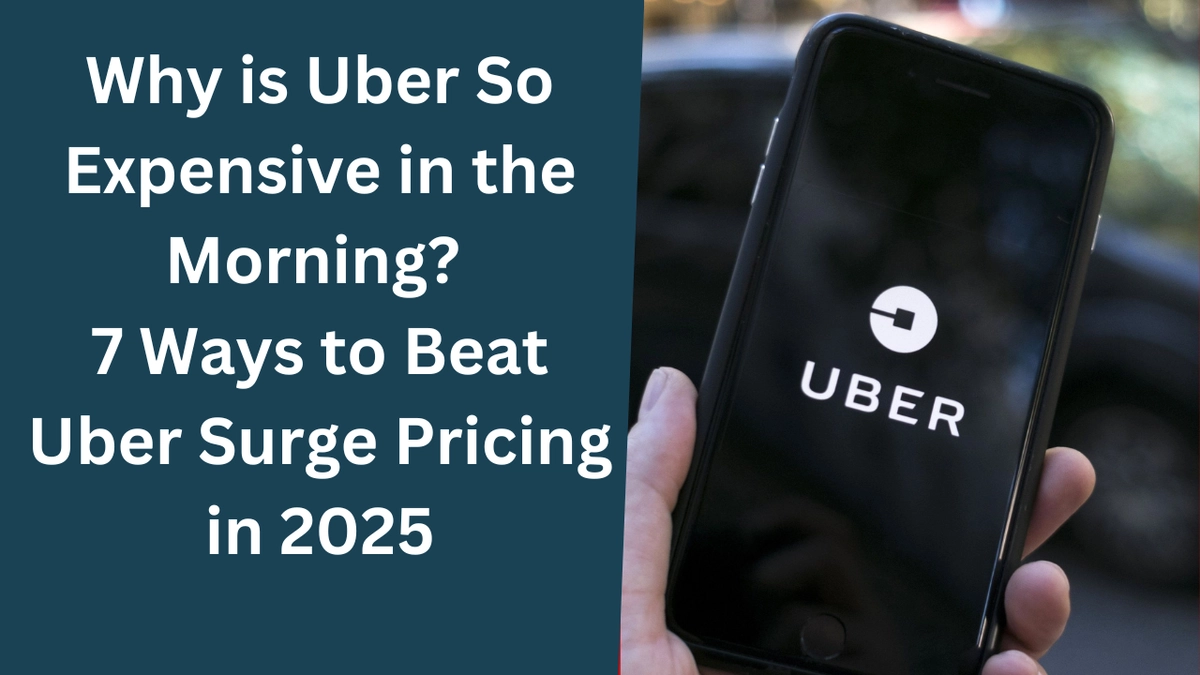

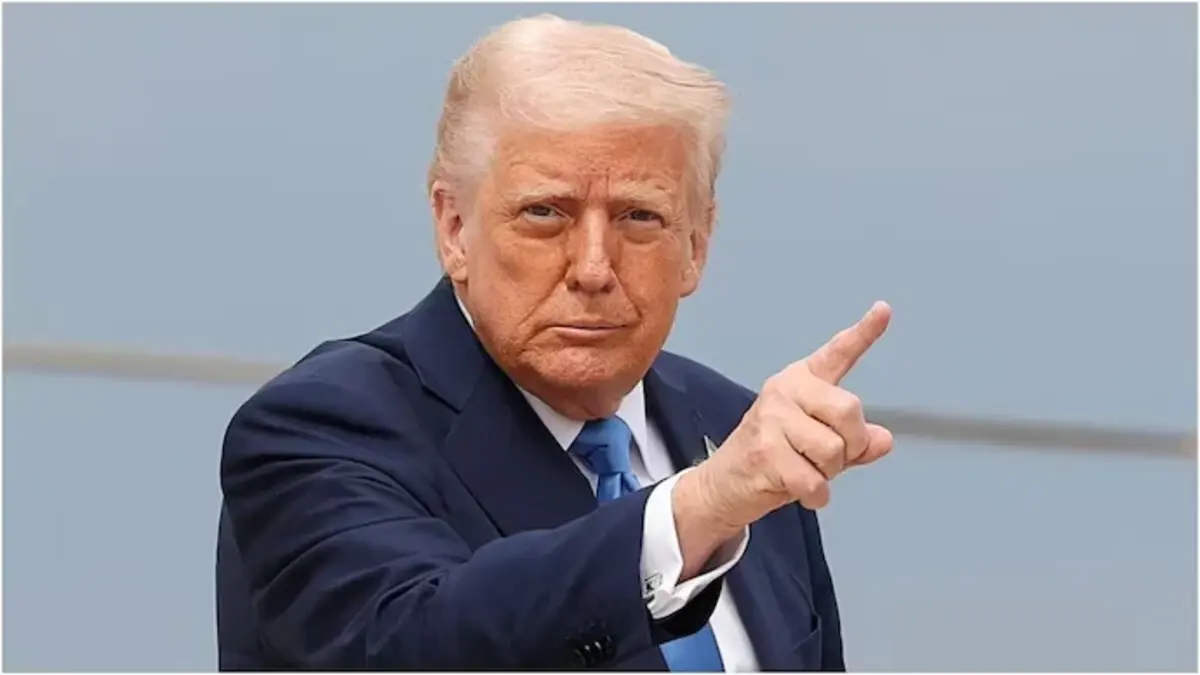
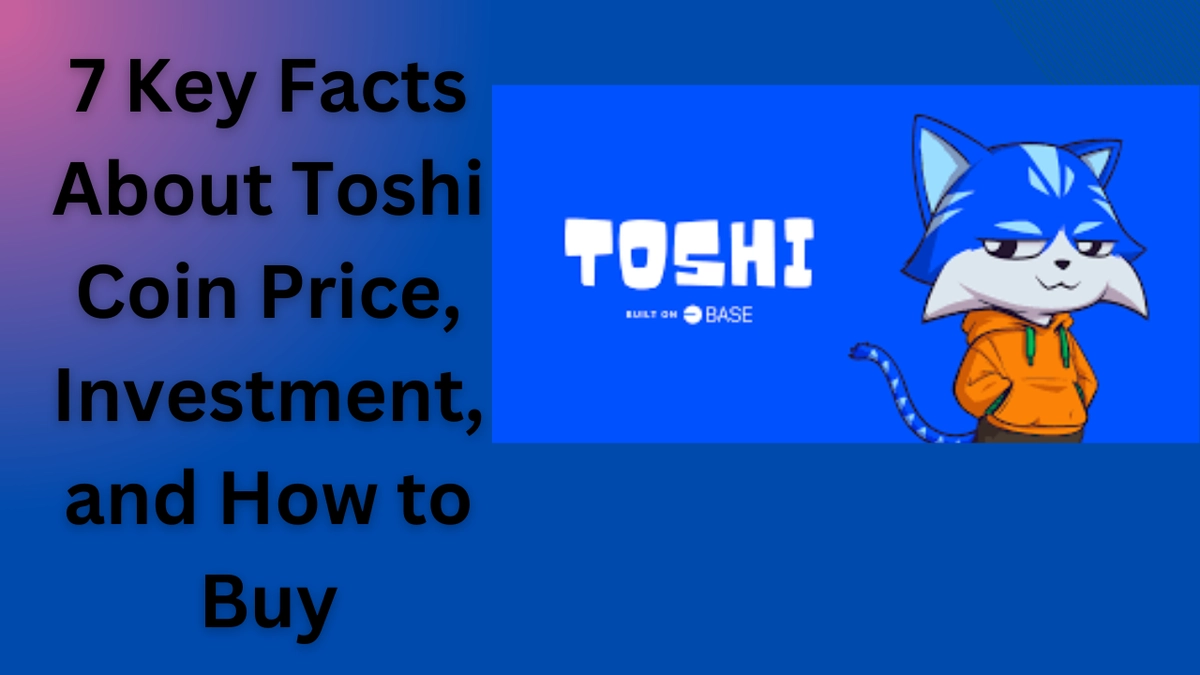
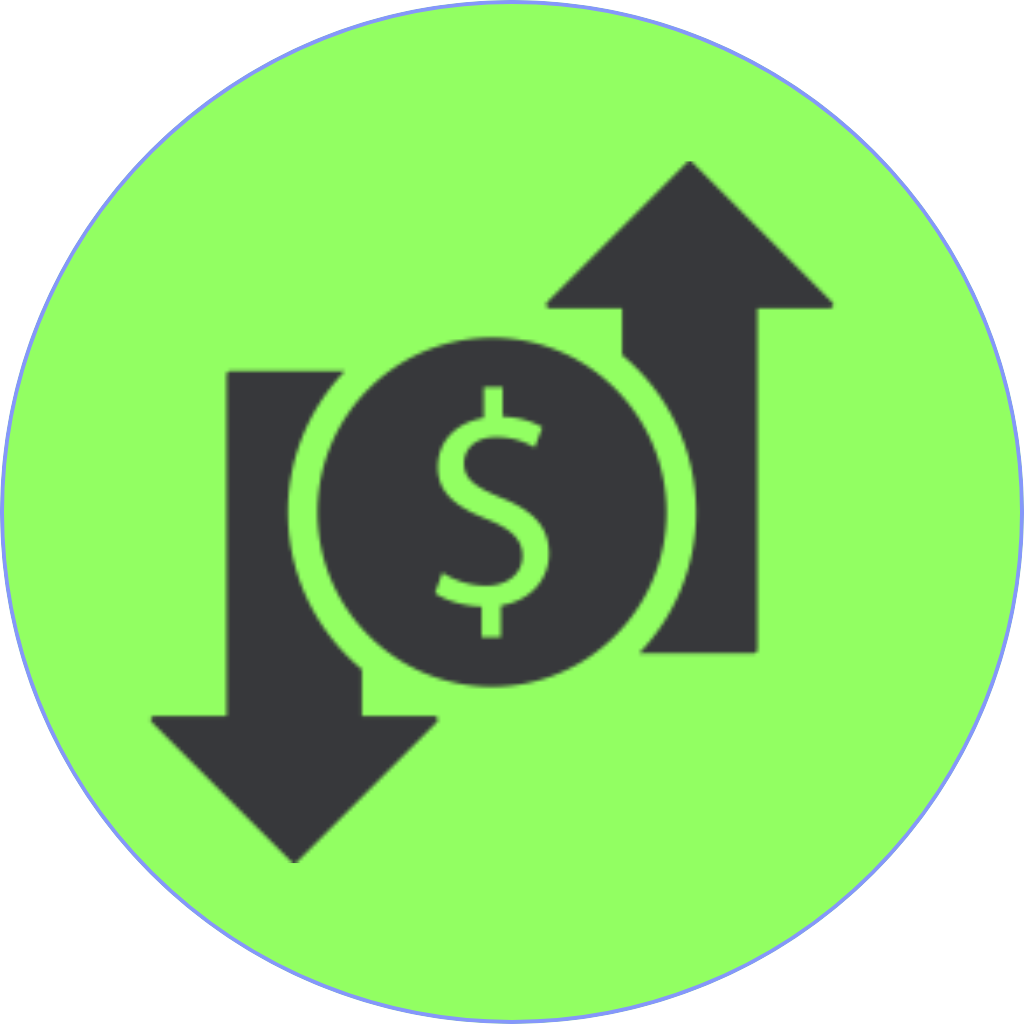
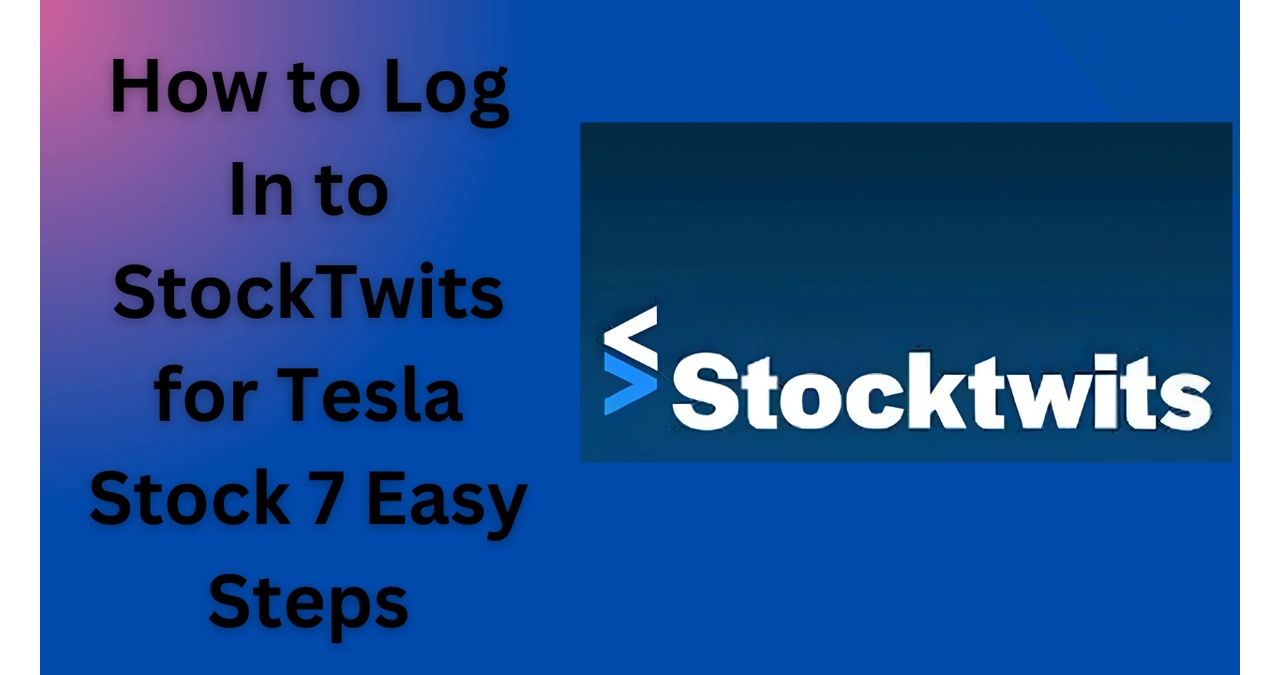
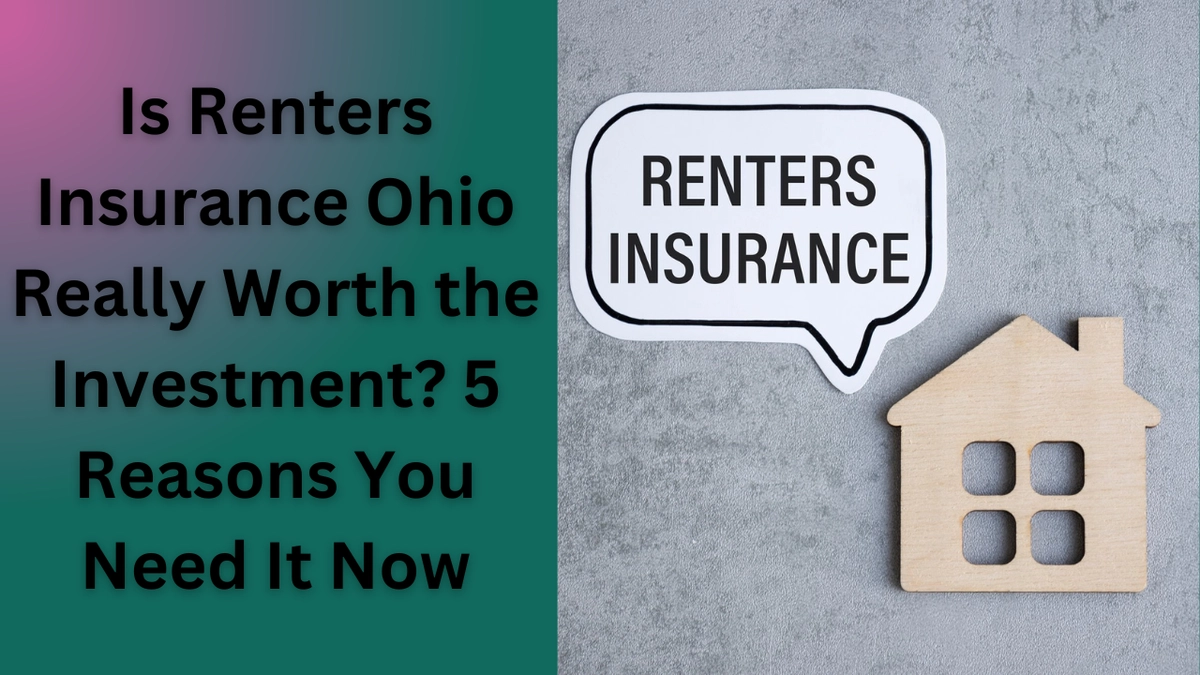
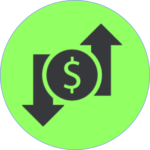
1 thought on “Have Your Uber Rides Gotten a Lot 30 Dollar More Expensive Lately?”